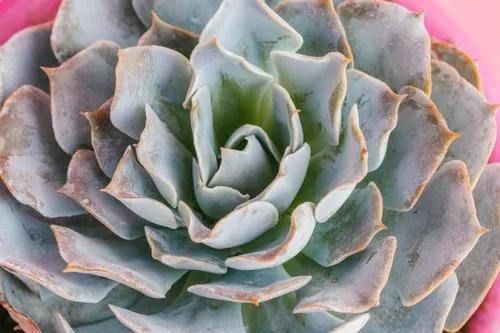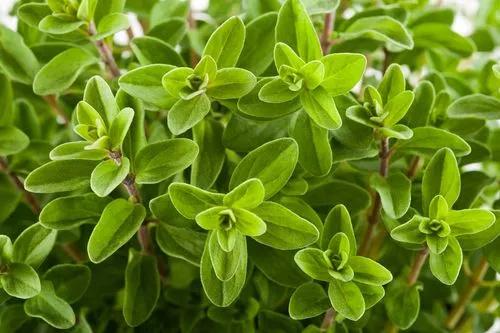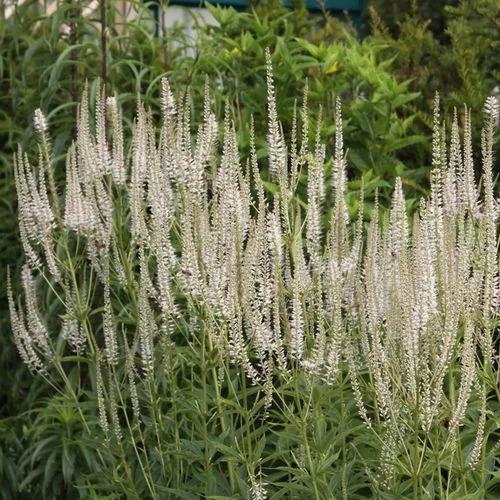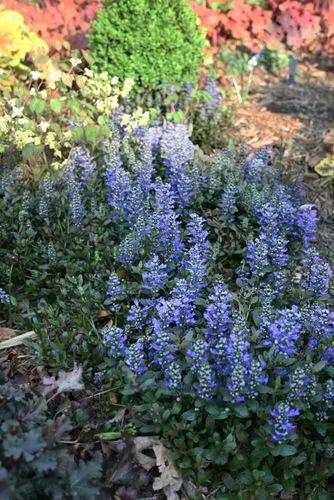Creating a wonderful carpet of landscape color, Dimorphotheca sinuata (Cape Marigold) is an upright to sprawling annual boasting remarkably large, orange or yellow, daisy-like blooms, up to 3 in. wide (7 cm). Borne singly at the tip of reddish stems.
Dimorphotheca Sinuata Care
Dimorphotheca Sinuata



How to Care for the Plant

Water

Dimorphotheca plants should be watered in the morning and care should be taken not to get the leaves wet to prevent rot. As a general rule of thumb, daisies usually require approximately 1 to 2 inches of water per week during the summer, either through irrigation, normal rainfall, or a combination of both. During spring and fall, daisies benefit from about 1 to 2 inches of water applied every other week.

Pruning

After the flowering season the stems should be cut back to ground level if you plan to grow them as a perennial.

Fertilizer

Fertilize with a little compost.

Sunlight

Select a well-draining location in direct sunlight for planting.

Soil

Moist but well-drained soil.

Temperature

Ensure the temperature of 19 to 22°C(65 to 70°F) for all around growth of the plant.

Popularity

787 people already have this plant 76 people have added this plant to their wishlists
Discover more plants with the list below
Popular articles






